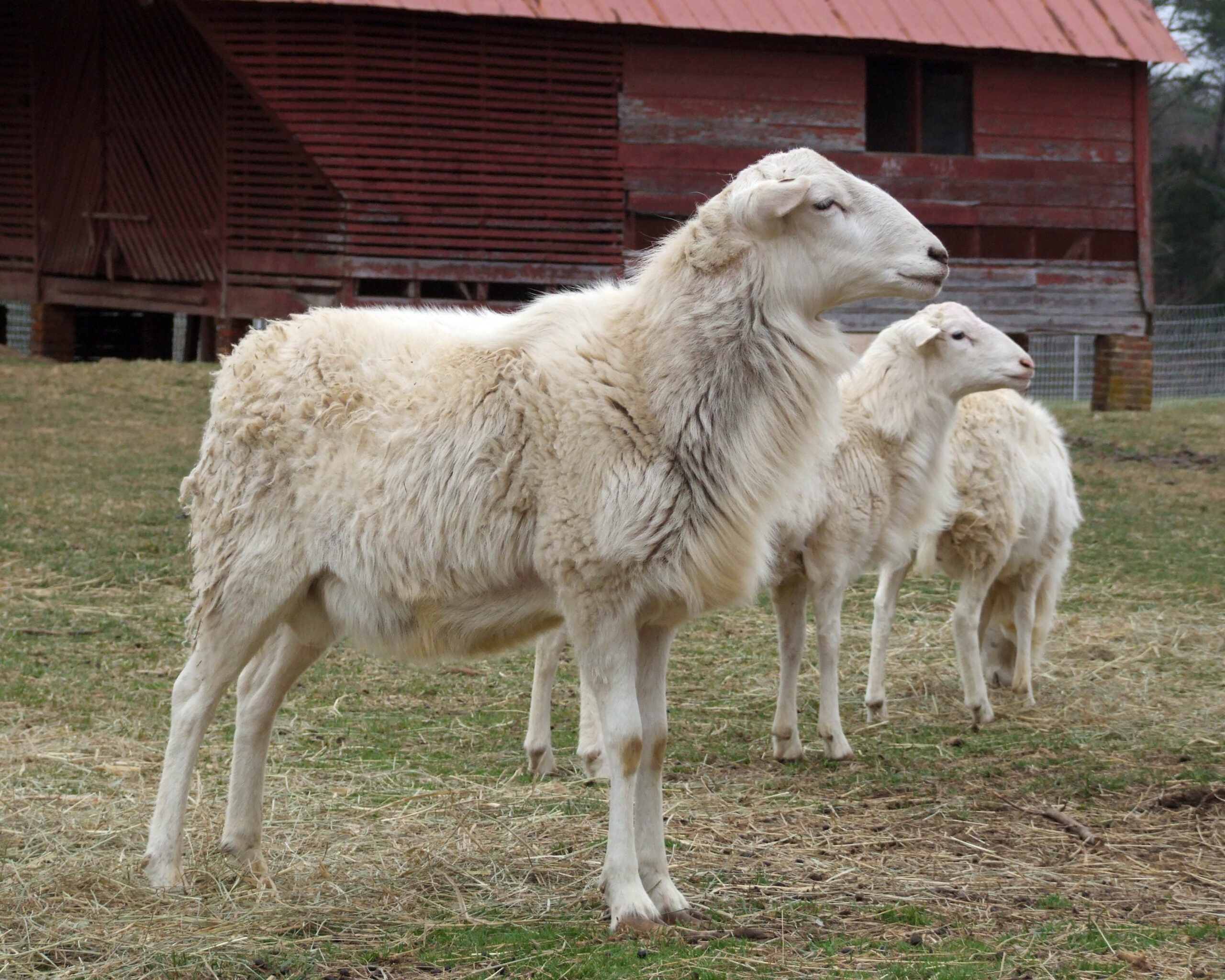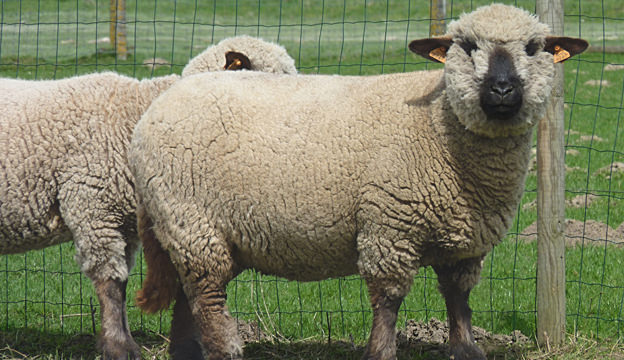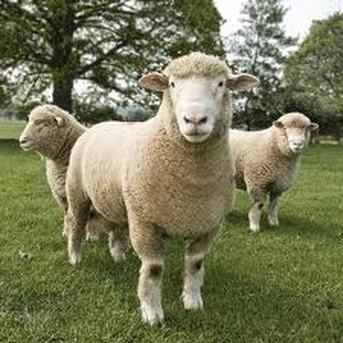SHEEP and GOATS
1/41
There's no tags or description
Looks like no tags are added yet.
Name | Mastery | Learn | Test | Matching | Spaced |
|---|
No study sessions yet.
42 Terms
Lamb
< 1 year old; term also used to describe sheep meat from an animal < 1 year
Mutton
meat from a sheep > 1 year
Ewe
female sheep
Ram
male sheep
Wether
castrated male ( sheep)
Lambing
parturition (birth) of sheep
Abattior
slaughter facility for livestock
Ewe lamb
Eweling (female lamb)
Ram Lamb
Ramling (male lamb)
Buck/billy
male goat
Doe
female goat
Kid
< 1 year old
Wether
castrated male (goat)
Nanny
goat with kid “at her side” (nursing kid)
2 requirements to be a Ruminant
1) even numbers of toes
2) 4 chambered stomach
Buckling
male kid
Doeling
female kid
Kidding
giving birth in goats
Sheep and goat numbers decreasing
1) dec. in sheep/goat meat demand
2) dec. in wool demand; inc. in cotton and synthetics
Normal Behavior
should stay close to flock
Should crew cud for several hr/day
Sleep total 4-5 hr/day; lambs 8-10 hr/day
Very responsive to stimuli; should stand quickly and respond to feeding time
Stomp when feel threatened
Abnormal Behavior
Sick sheep are harder to detect compared to other livestock species (like horses or hogs)
Generally won’t stick with the herd
Lose appetite
Won’t stand, or take to long to stand after stimulus introduced
4 chambers of the stomach
rumen, reticulum, omasum, abomasum
Disadvantages of small ruminants
Require more management (shearing, hoof trim, tail docking)
Increased predation
better fencing (goats tend to try and escape)
Less product and less demand
Advantages of small ruminants
More diverse browsers (goats) when compared to cattle, very adaptable
Multi-species grazing = complementary grazing ( cattle + goats in same pasture)
Not as impacted by drought
Great for small farms ( more animals per acre compared to larger ruminants)
More efficient reproductive outcomes
Fine Wool
Rambouillet and Merinos
Softer
small diameter
more expensive
Long Wool
Cotswold, Lincoln, and Romney breeds
Bigger diameter
rougher (scratchier)
Cheaper
Hair Sheep
Greater tolerance for heat/humidity
Greater resistance to internal parasites
Easier to care for
Dual purpose
used for meat + wool
Goats foot maintenance
trim their hooves standing
1-2x/year if on rough rocky ground
3-4x/year if on soft grassy ground
Sheep foot maintenance
flip the sheep
ALWAYS trim hind hooves first then front
1-2x/year
Anthelmintics
are utilized to help reduce internal parasites; generally provided to sheep/goat in an oral drench and kill parasite adults and eggs. Proper pasture and manure management will also help reduce internal parasites in sheep/goats
Shearing
removal of fleece (wool) from sheep via shears/clippers
Shear 1-2x/year
Flip/tip sheep to shear
Enterotoxemia Type D (aka “overeating disease”)
can happen in lambs or adults on lush, green pastures. Essentially, sheep will overeat and a certain gut bacteria over-reproduce and then produces a toxin that negatively affects the sheep. End up having convulsions and often dying.
Tetanus
results from a bacteria (clostridium tetani) entering the body through an opening in the skin (often after tail docking or castrating) and then produces a toxin that affects the nervous system. Results in still muscles, a locked jaw, and death
Scrapie
National Scrapie Eradication Program (NSEP) —> provided ID and monitoring of animals
Cause by prion (transmissible sponiformencephalopathy)
NO VACCINE
Clinical Symptoms: Neurological - ataxia, teeth grinding, head pressing, bite legs, scraping basically their wool off
Katahdin

Hampshire

Dorset

Suffolk

Fermentation
Is the breakdown of feedstuff by microbes in an anaerobic (no oxygen) space; break down to volatile fatty acids (VFAs)
Make handling sheep more difficult
1) larger/heavier sheep
2) less docile sheep
3) handling in larger open spaces
Differences between sheep and goats
SHEEP GOATS
Grazers - Browsers
More timid/shy - More curious
tail down - tail up
no beard - Some have beards
top lip split (philtrum) - no philtrum
Easy copper toxicity - Require copper